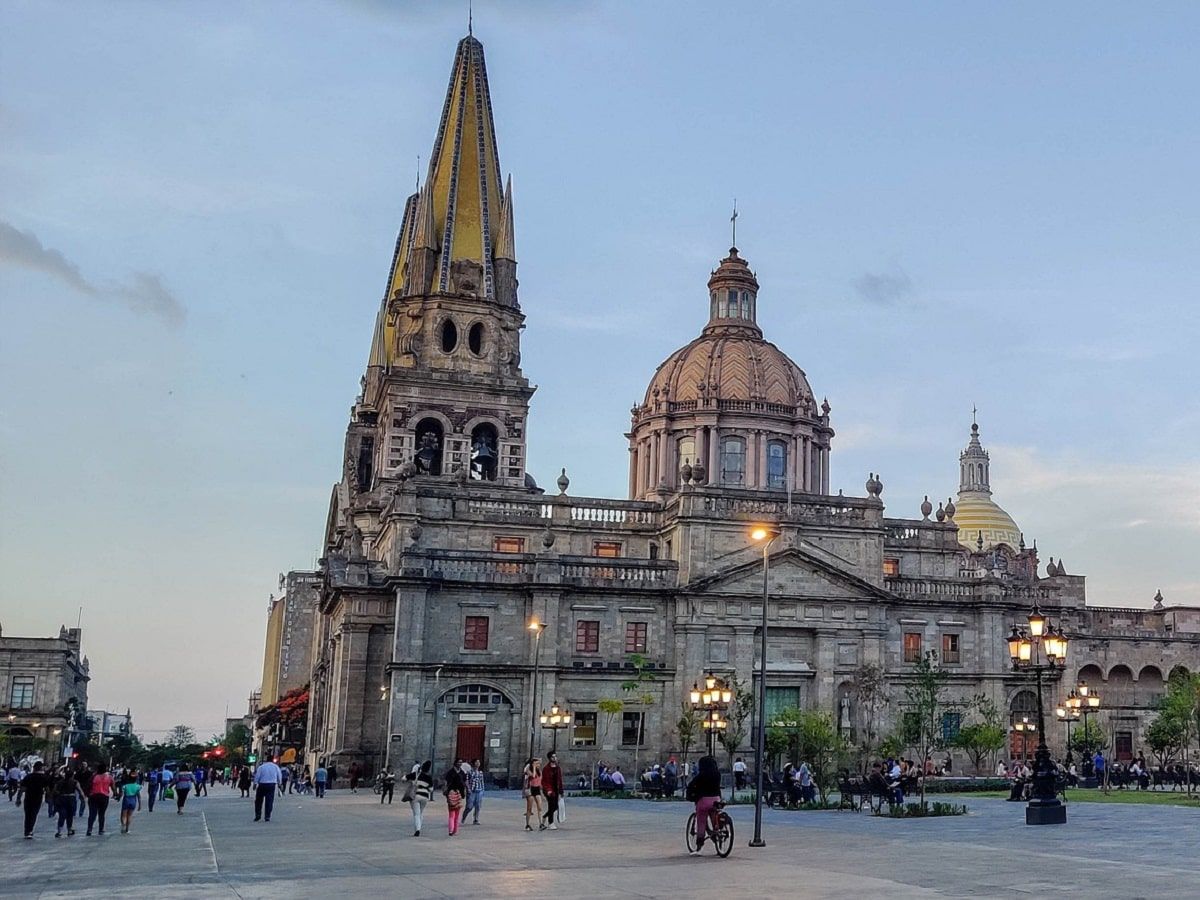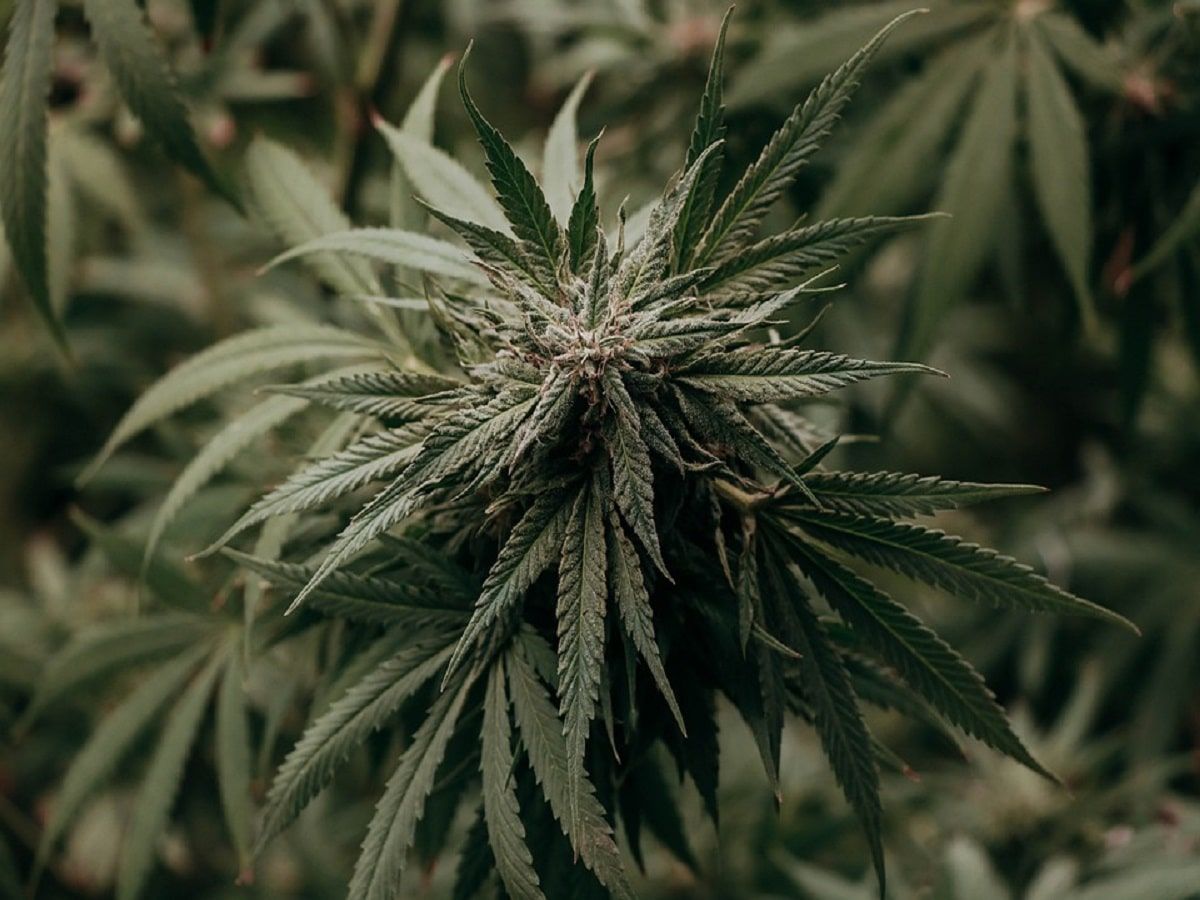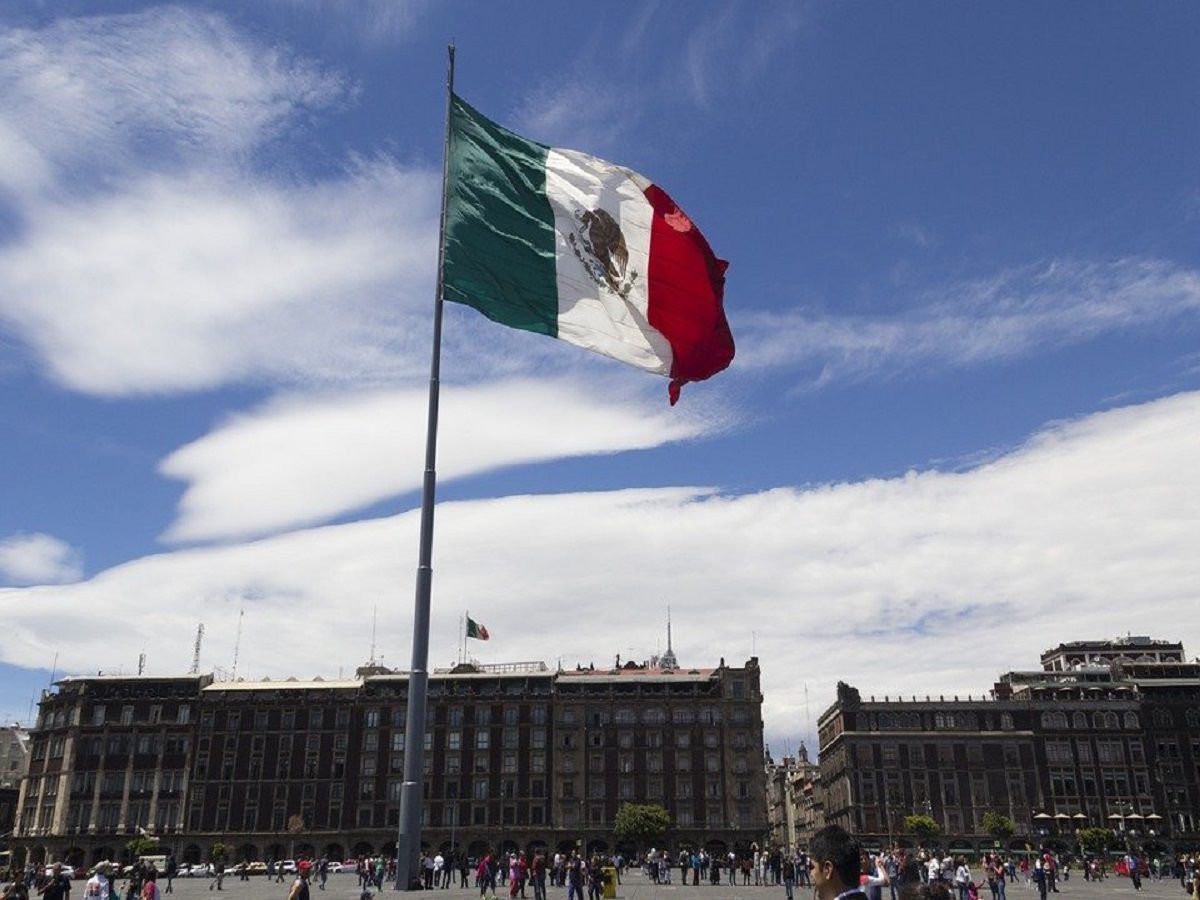Why Is Mexico’s President Criticizing The NBA’s New Cannabis Policy?
Earlier this month the National Basketball Player’s Association, which represents National Basketball Association (NBA) players, announced that it had reached a tentative agreement with the league.
“The NBA and National Basketball Players Association have reached a tentative agreement on a new Collective Bargaining Agreement, pending ratification by players and team governors. Specific details will be made available once a term sheet is finalized.”
The NBA is, of course, the world’s most popular basketball league and has historically prohibited cannabis and penalized its players both for cannabis use as well as when players were subjected to criminal justice cannabis prohibition away from their teams. With that in mind, the tweet below from a top NBA analyst is very significant:
Sources: NBA players will no longer be prohibited for marijuana under the new seven-year Collective Bargaining Agreement. It’s been removed from the anti-drug testing program, a process that began during 2019-20 season.
— Shams Charania (@ShamsCharania) April 1, 2023
As Shams noted in his tweet, the NBA had already suspended cannabis testing for multiple seasons, starting with the ‘bubble’ that ended the 2020 pandemic-plagued season. It appears that once the collective bargaining agreement between the players and the league becomes official, cannabis prohibition as it pertains to player use will finally end.
For many people, myself included, the end of cannabis use prohibition in the NBA is welcomed news (albeit long overdue). However, one notable exception to the joy is Mexico’s President Andres Manuel Lopez Obrador who fired off the following tweets in response to the NBA’s announcement, in addition to airing other grievances about the U.S.:
Amenazan con invadir, venden armas de alto poder en sus tianguis, no hacen nada por sus jóvenes, padecen —lamentablemente— de la terrible y mortal pandemia del fentanilo, pero no atienden las causas. No les preocupa el bienestar, sólo el dinero, ni fortalecen valores morales,…
— Andrés Manuel (@lopezobrador_) April 1, 2023
A esto me refiero. Es contradictorio e hipócrita: https://t.co/ZL5ceR0v99
— Andrés Manuel (@lopezobrador_) April 1, 2023
The first tweet auto-translates to, “They threaten to invade, they sell high-powered weapons in their street markets, they do nothing for their young people, they suffer —unfortunately— from the terrible and deadly fentanyl pandemic, but they do not address the causes. They are not concerned with well-being, only money, nor do they strengthen moral, cultural and spiritual values; Nor do they limit drug use, on the contrary, they encourage it even in sports. It’s sad and decadent.”
The second tweet auto-translates to, “Thats what I refer. It is contradictory and hypocritical:” followed by a link from Mexican media outlet El Universal, which reported that the NBA will allow the use of cannabis by its players.
There are two grievances aired by Mexico’s President in his tweets that I feel compelled to air my own grievances about, being that both of the points made by Mexico’s President are ignorant and born out of reefer madness prohibitionist strategies.
The first is that cannabis use is ‘encouraged in the NBA’ via the reported new collective bargaining agreement. At no point in time has the player’s union, the NBA, or the United States government encouraged NBA players to use cannabis. Rather, the players have argued that the league’s prohibition on cannabis use is harmful and that it serves no purpose in the NBA.
On the NBA side of the equation, league officials have tried very hard to maintain the status quo and keep cannabis prohibition in place for decades. I know this to be true because I advocated alongside 18-year NBA veteran Clifford Robinson who did everything he could to right the wrongs that he was subjected to by the NBA, and any and all inquiries we pursued with the league between 2016 and Clifford’s untimely passing in 2020 were either ignored or met with stoner jokes.
My experience lobbying the NBA to get on the ride side of history in tandem with Clifford Robinson is anecdotal to be sure, however, there is zero evidence that NBA leadership has ever ‘encouraged’ cannabis use by players, and there’s a mountain of evidence backing up the opposite. The NBA is not encouraging its players to consume cannabis, rather, the NBA is agreeing to allow its players to consume a plant that is 114 times safer than alcohol – a plant that is now legal in a growing list of states and the entire nation of Canada.
The second point made by Mexico’s President that I take direct issue with is his selective pearl-clutching when it comes to the fentanyl crisis. The fentanyl crisis is definitely serious, which is why it is a huge disservice for Mexico’s President to try to shame the cannabis plant given that a laundry list of peer-reviewed studies have found that cannabis can be an effective substitute for opioids.
Cannabis reform quite literally helps reduce opioid use by allowing people to use a far-less harmful substance, and studies have demonstrated that people will do so when given the legal opportunity. Cannabis is an effective pain management tool, and anyone that claims otherwise is likely profiting off of the opioid industry in some way.
If Mexico’s President truly cared about addressing the fentanyl issue then he would be encouraging governments, sports leagues, and other powerful entities to embrace the cannabis plant rather than demonize it. Yet, that is clearly not President Andres Manuel Lopez Obrador’s goal. His goal is to apparently push reefer madness talking points on Twitter, and that is truly unfortunate.








